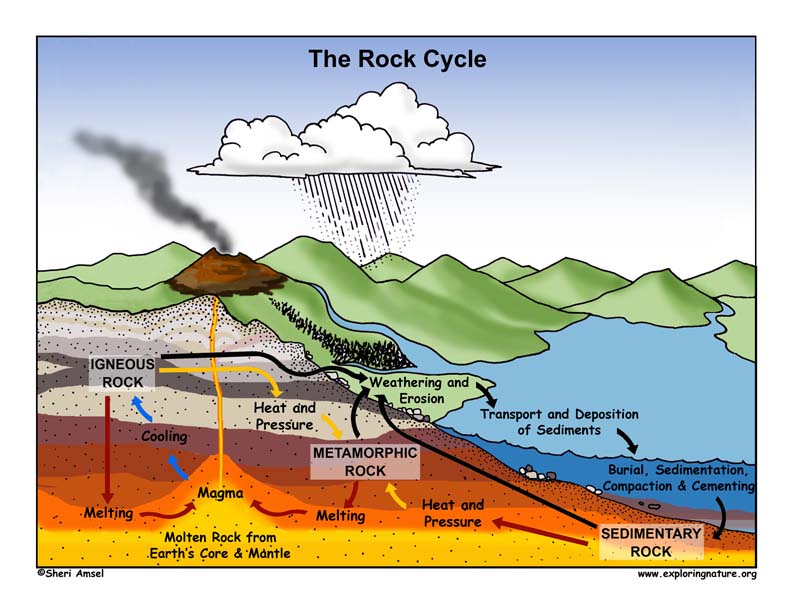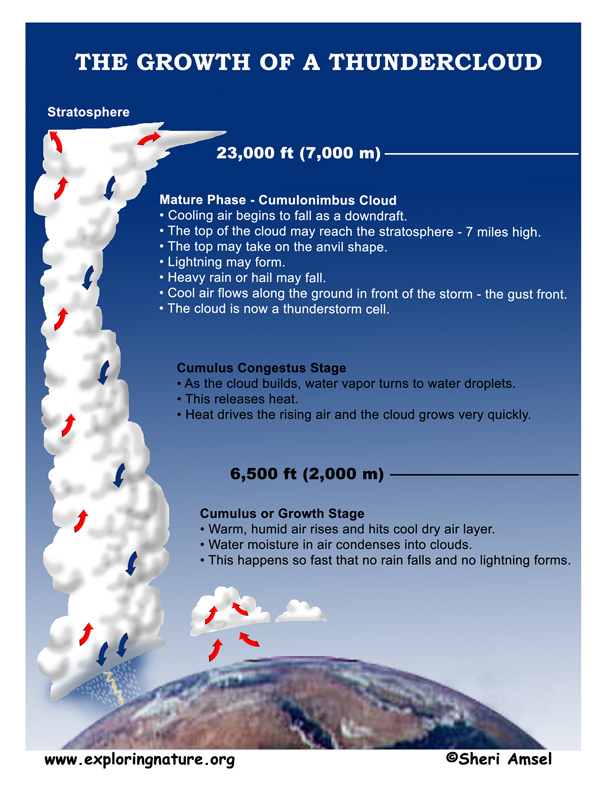


_________________________________________________________________________________________________________________________________________________________
Disciplinary Core Ideas
ESS1.C: The History of Planet Earth
• Some events happen very quickly; others occur very slowly, over a time period much longer than one can observe. (2-ESS1-1)
Performance Expectations
Students who demonstrate understanding can:
2-ESS1-1. Use information from several sources to provide evidence that Earth events can occur quickly or slowly. [Clarification Statement: Examples of events and timescales could include volcanic explosions and earthquakes, which happen quickly and erosion of rocks, which occurs slowly.] [Assessment Boundary: Assessment does not include quantitative measurements of timescales.]
_________________________________________________________________________________________________________________________________________________________
Use the Template and Resource Links to Fulfill NGSS
l. Goals:
Essential Questions:
NGSS Note: Think, question, entertain ideas.
ll. Introductory Activities to Assess Prior Knowledge
A. Simple Activities - that assess students’ understanding of Earth events that happen very quickly and others that occur very slowly.
B. Brainstorming Session
Question: What are some Earth events that happen very quickly and others that occur very slowly.?
1. Break students down into groups of 3-4.
2. Ask students to generate a list of Earth events that happen very quickly and others that occur very slowly.
3. Discuss
A. Read about Earth's events happening slowly and quickly.
About Mountains
The Rock Cycle
Storms - Thunderstorms
Hurricanes
Tornadoes
Winter Storms
The Dirt on Dirt -- Why is Soil Important?
Examples of Models (depicts the concept expressed in the reading):
Ask students to look at the models of the rock cycle and the formation of a thunderstorm and discuss fast and slow Earth processes.
Students can create their own model with: Rock Formation Coloring
Inquiry related to the speed of Earth's processes:
V. Summarize Knowledge - Enduring Understandings
Vl. Next Generation of Science Standards (NGSS) - Grade 2
Disciplinary Core Ideas
ESS1.C: The History of Planet Earth
• Some events happen very quickly; others occur very slowly, over a time period much longer than one can observe. (2-ESS1-1)
Science and Engineering Practices
Constructing Explanations and Designing Solutions
Constructing explanations and designing solutions in K–2 builds on prior experiences and progresses to the use of evidence and ideas in constructing evidence-based accounts of natural phenomena and designing solutions.
• Compare multiple solutions to a problem. (2-ESS2-1)
Crosscutting Concepts
Stability and Change
• Things may change slowly or rapidly. (2-ESS2-1)
Students who demonstrate understanding can:
2-ESS1-1. Use information from several sources to provide evidence that Earth events can occur quickly or slowly. [Clarification Statement: Examples of events and timescales could include volcanic explosions and earthquakes, which happen quickly and erosion of rocks, which occurs slowly.] [Assessment Boundary: Assessment does not include quantitative measurements of timescales.]
Common Core State Standards Connections
ELA/Literacy
RI.2.1 Ask and answer such questions as who, what, where, when, why, and how to demonstrate understanding of key details in a text. (2-ESS1-1)
RI.2.3 Describe the connection between a series of historical events, scientific ideas or concepts, or steps in technical procedures in a text. (2-ESS1-1)
W.2.6 With guidance and support from adults, use a variety of digital tools to produce and publish writing, including in collaboration with peers. (2-ESS1-1)
W.2.7 Participate in shared research and writing projects (e.g., read a number of books on a single topic to produce a report; record science observations). (2-ESS1-1)
W.2.8 Recall information from experiences or gather information from provided sources to answer a question. (2-ESS1-1)
SL.2.2 Recount or describe key ideas or details from a text read aloud or information presented orally or through other media. (2-ESS1-1)
Mathematics
MP.2 Reason abstractly and quantitatively. 2-ESS1-1)
MP.4 Model with mathematics. (2-LS2-1),(2-LS2-2)
MP.5 Use appropriate tools strategically. (2-LS2-1)
2.MD.D.10 Draw a picture graph and a bar graph (with single-unit scale) to represent a data set with up to four categories. Solve simple put-together, take-apart, and compare problems using information presented in a bar graph. (2-LS2-2)
When you research information you must cite the reference. Citing for websites is different from citing from books, magazines and periodicals. The style of citing shown here is from the MLA Style Citations (Modern Language Association).
When citing a WEBSITE the general format is as follows.
Author Last Name, First Name(s). "Title: Subtitle of Part of Web Page, if appropriate." Title: Subtitle: Section of Page if appropriate. Sponsoring/Publishing Agency, If Given. Additional significant descriptive information. Date of Electronic Publication or other Date, such as Last Updated. Day Month Year of access < URL >.
Amsel, Sheri. "Grade 2 - 2-ESS1 Earth's Place in the Universe" Exploring Nature Educational Resource ©2005-2024. December 17, 2024
< http://www.exploringnature.org/db/view/1940 >

